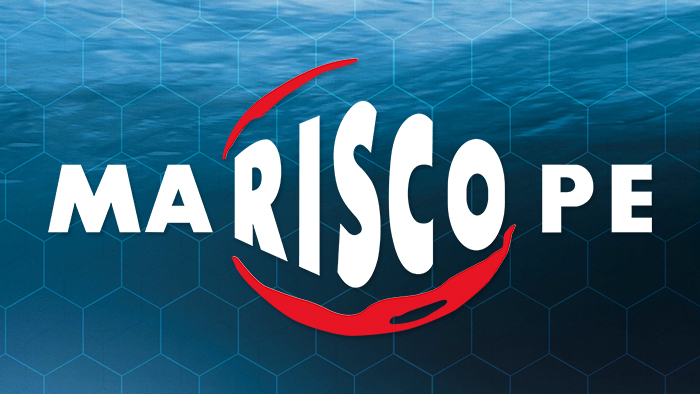Contribution to epidemiology using ENVISAT data. Case study to use AATSR SST data

Rodriguez-Benito, M. Fea and C. Haag (2013) Contribution to epidemiology using ENVISAT data. Case study to use AATSR SST data. C. . Handbook of Satellite Remote Sensing Image Interpretation: Applications for Marine Living Resources Conservation and Management, EU PRESPO and IOCCG.
In recent years a new discipline has been developed following the novel applications of modern Earth observation using satellite data. Spatial epidemiology, or teleepidemiology, can be considered a secondary application of Earth observation data, used when a specific target cannot be measured directly using satellite imagery, but only detected through indirect methods (e.g. Scavuzzo and Fea, 2005).
For example, an increase in sea surface temperature (SST) can sometimes contribute to an increase in phytoplankton production as well as an increase in the concentration of associated bacteria including Vibrio sp., thus increasing the risk of human infection (Colwell and Cleveland, 2008). For example, in 2004 two large outbreaks occurred along coastal regions in southern Chile where high water temperatures favoured higher levels of Vibrio parahaemolyticus. A number of severe gastrointestinal infections in humans were reported after consumption of contaminated shellfish, which had a significant economic impact on the shellfish aquaculture industry.
Every year new cases of Vibrio intoxications are reported in this area and data from several years are mentioned in this case study. Rodriguez et al. (2005) established a relationship between satellite-derived sea surface temperature (SST) and Vibrio intoxications in the Chilean marine environment. This type of application has also been successfully applied in other areas (Laws, 2006).
To continue reading the full article, click on the link:
Follow our social networks :

